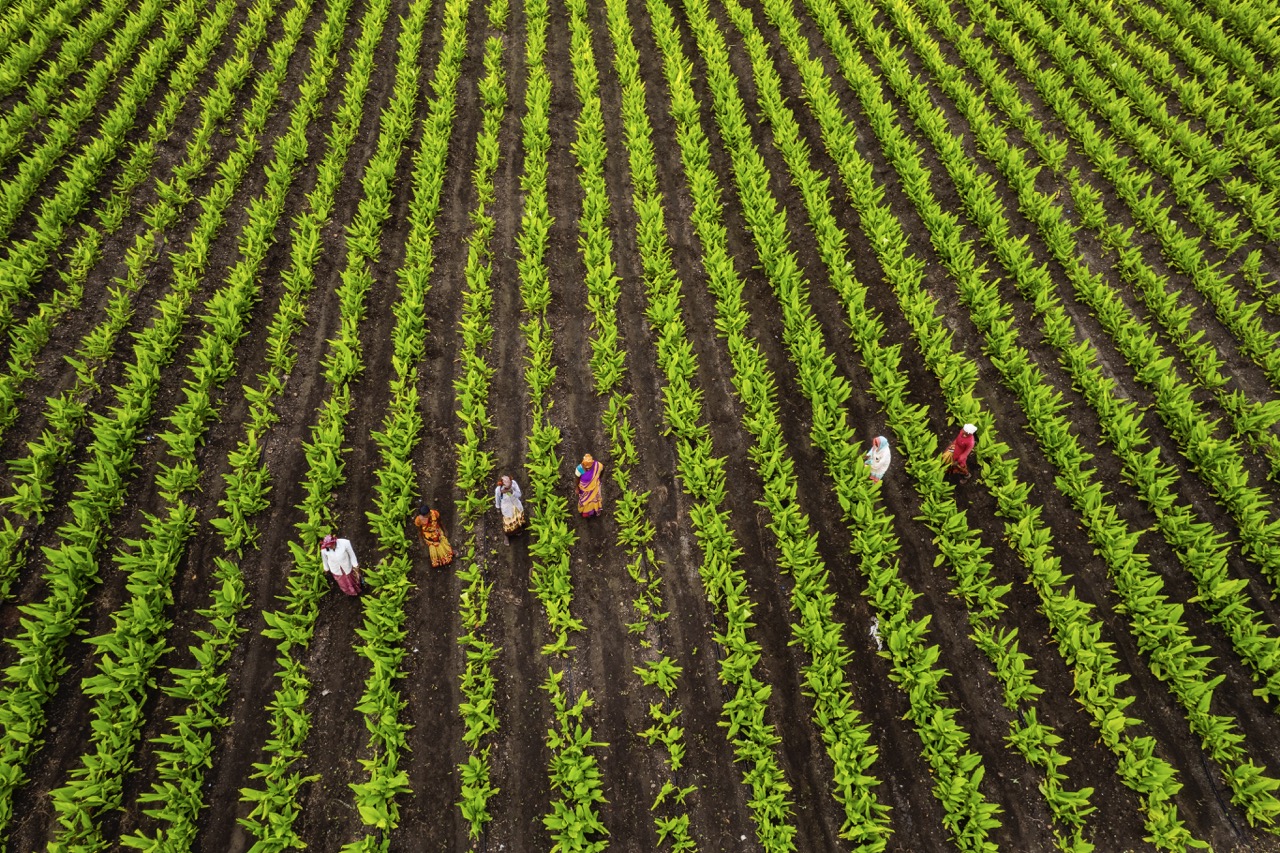Soil fertility is a critical component of agricultural productivity and environmental sustainability. It refers to the ability of soil to provide essential nutrients to plants, facilitating healthy growth and development. Understanding the factors that contribute to soil fertility and implementing effective strategies to enhance it can significantly impact crop yields, economic viability for farmers, and the overall health of our ecosystems. This article will explore the basics of soil fertility, the common factors affecting it, effective strategies for improvement, and long-term practices for sustainable management.
Understanding Soil Fertility: Key Components and Importance
Soil fertility is primarily determined by the presence of essential nutrients, including nitrogen, phosphorus, potassium, and a variety of micronutrients. These nutrients are vital for plant growth, as they contribute to processes such as photosynthesis, energy transfer, and overall cellular function. Healthy, fertile soil also supports beneficial microorganisms that play a crucial role in nutrient cycling, which further enhances the soil’s ability to support plant life. The balance of these components is essential for optimal agricultural productivity.
The importance of soil fertility extends beyond crop production. Fertile soil acts as a natural reservoir that can store and filter water, reducing the risk of flooding and erosion. It also contributes to carbon sequestration, helping mitigate climate change by storing carbon in organic matter. Furthermore, fertile soil supports biodiversity, including a host of organisms that contribute to soil health and resilience. This interconnectedness emphasizes the need to prioritize soil fertility for both agricultural success and environmental stewardship.
To assess soil fertility, farmers often conduct soil tests that provide insight into nutrient levels and pH balance, which influences nutrient availability. Understanding soil texture—whether sandy, loamy, or clay—is also essential, as it affects drainage, aeration, and nutrient retention. By recognizing these key components and their importance, stakeholders can make informed decisions about soil management practices that promote long-term fertility and agricultural viability.
Common Factors Affecting Soil Fertility in Agriculture
Several factors can significantly impact soil fertility, with human activity being one of the most critical. Practices such as monoculture, over-fertilization, and excessive tillage can degrade soil structure, deplete essential nutrients, and reduce microbial activity. These practices often lead to a cycle of decline, where diminished soil health results in reduced crop yields, prompting further chemical intervention and nutrient depletion. Understanding these factors is vital for developing strategies to counteract their negative effects.
Environmental conditions also play a significant role in soil fertility. Climate factors such as temperature, precipitation, and humidity can influence both the physical and chemical properties of soil. For example, excessive rainfall can lead to nutrient leaching, where vital nutrients are washed away, reducing soil fertility. Conversely, drought conditions can limit plant growth and nutrient uptake, leading to nutrient deficiencies. Farmers must be aware of these environmental influences to adapt their practices accordingly.
Lastly, the natural composition and biological diversity of soil can impact its fertility. Soils that are rich in organic matter and biodiversity typically exhibit greater nutrient availability and higher resilience against pests and diseases. In contrast, soils lacking in organic content may struggle to retain moisture and nutrients, creating challenges for plant growth. Recognizing the interplay between these common factors is essential for effective soil fertility management in agricultural settings.
Effective Strategies for Enhancing Soil Nutrient Levels
One of the most effective strategies for enhancing soil nutrient levels is the incorporation of organic matter through practices such as composting and cover cropping. Organic matter not only adds essential nutrients but also improves soil structure, water retention, and microbial activity. Cover crops, such as legumes, can fix atmospheric nitrogen into the soil, naturally enriching it and reducing the need for synthetic fertilizers. Implementing these practices can lead to healthier soil and improved crop yields.
Crop rotation is another valuable strategy to enhance soil fertility. By alternating different types of crops, farmers can break pest and disease cycles, improve soil structure, and utilize different nutrient profiles. For example, rotating deep-rooted and shallow-rooted crops can help access nutrients at various soil depths and minimize nutrient depletion. This approach encourages a more balanced use of soil resources and promotes biodiversity, leading to sustainable agricultural practices.
Precision agriculture technologies, including soil sensors and data analytics, are also emerging as powerful tools for improving soil fertility. These technologies allow farmers to monitor soil health in real-time, enabling targeted interventions that address specific nutrient deficiencies. By applying fertilizers and amendments based on precise needs rather than blanket applications, farmers can optimize nutrient use efficiency, reduce costs, and minimize environmental impact.
Long-Term Practices for Sustainable Soil Fertility Management
To achieve sustainable soil fertility management, adopting agroecological practices is crucial. These practices emphasize the use of ecological principles to foster healthy, biodiverse agricultural ecosystems. Techniques such as agroforestry, which integrates trees and shrubs into agricultural landscapes, can enhance soil fertility by improving nutrient cycling, increasing organic matter, and promoting beneficial interactions among plants and soil organisms.
Long-term soil fertility management also requires education and collaboration among farmers, researchers, and policymakers. Continuous learning about emerging practices, technologies, and research findings can empower farmers to make informed choices about soil management. Additionally, community initiatives that promote knowledge sharing and cooperation among farmers can foster a culture of sustainability and collective action, leading to improved soil health across entire regions.
Finally, implementing adaptive management strategies that respond to changing environmental conditions is imperative for long-term soil fertility. As climate change and other factors impact agricultural practices, flexibility and readiness to adopt new approaches will be critical. By focusing on resilience and sustainability, farmers can maintain soil fertility for future generations while contributing to a more sustainable food system.
In conclusion, understanding the basics of soil fertility and how to improve it is essential for achieving agricultural sustainability and productivity. By recognizing the key components of soil fertility, the common factors that affect it, and effective strategies for enhancement, stakeholders can make informed decisions that optimize soil health. Long-term practices that prioritize sustainability and resilience will not only benefit current agricultural systems but also ensure the health of our ecosystems for future generations. As we continue to face challenges related to food security and environmental degradation, it is imperative to invest in the health of our soils.










